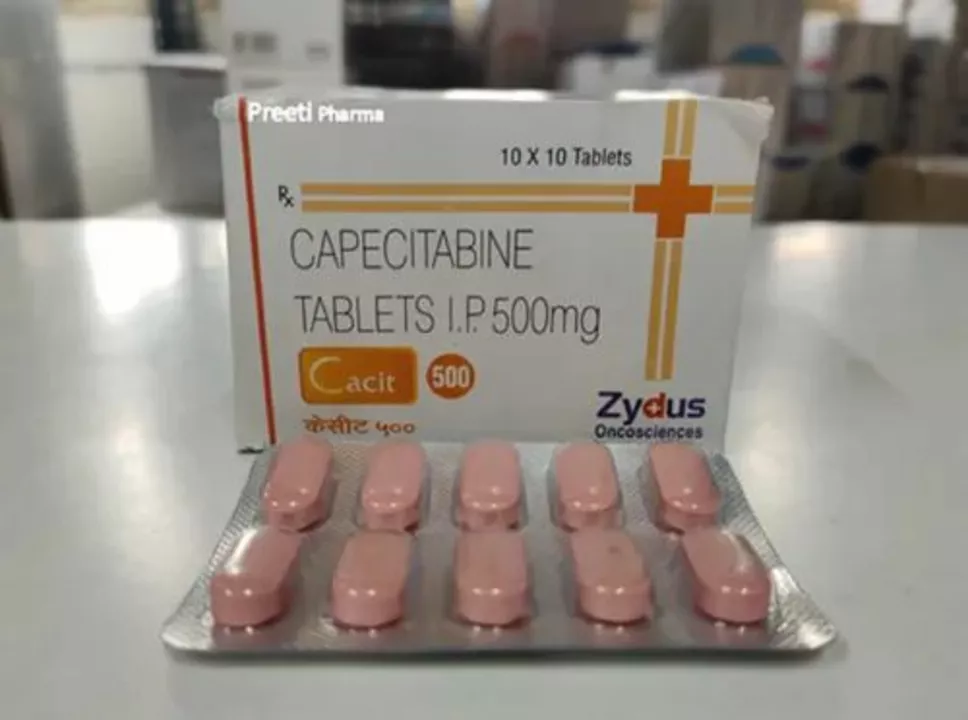Chemotherapy Basics You Should Know
If you or a loved one has been told you need chemo, the first thought is usually “what’s that going to feel like?” The good news is chemotherapy isn’t a single drug – it’s a group of medicines designed to stop cancer cells from growing. Understanding the basics helps you feel more in control and less scared.
Chemo works by attacking fast‑growing cells, which include cancer but also some healthy cells like those in your gut or hair follicles. That’s why you might lose hair or get a sore mouth during treatment. Doctors choose drugs based on the type of cancer, how far it has spread, and how well you can handle side effects.
How Chemotherapy Works
Most chemo is given through an IV in a clinic, but some pills you can take at home are also common. The medication travels through your bloodstream to find cancer cells wherever they hide. It either damages the DNA of those cells or stops them from dividing.
There are different classes of chemo drugs – alkylating agents, antimetabolites, plant‑derived compounds, and more. Each class attacks cancer in a slightly different way, which is why doctors often combine several drugs to increase effectiveness while trying to keep side effects manageable.
Managing Common Side Effects
Feeling nauseous? A small dose of anti‑nausea medicine before your chemo can make a big difference. Eating bland foods like crackers or rice and staying hydrated helps, too. If you lose your appetite, try small, frequent meals instead of three big ones.
Hair loss is another common worry. It usually starts about two weeks after treatment begins and grows back once therapy ends. Wearing a soft hat or scarf can keep you comfortable while you wait for regrowth.
Low blood counts are a real concern because chemo also hits bone‑marrow cells. Your doctor may schedule regular blood tests and suggest growth‑factor shots if your numbers drop too low. In the meantime, wash hands often and avoid crowded places to cut infection risk.
Fatigue creeps in for many patients. The trick is pacing yourself – short walks, gentle stretching, or a brief nap can recharge you without overdoing it. Talk with your care team about adjusting activity levels if needed.
Emotions run high during chemo. It’s normal to feel anxious, sad, or even angry. Sharing how you feel with family, friends, or a counselor can lighten the load. Support groups – online or in‑person – let you hear stories from people who’ve been there.
Remember, every person reacts differently. Keep a simple log of what you eat, how you feel, and any side effects. Show that note to your oncologist; it helps them fine‑tune doses or add meds to make the next cycle easier.
Finally, stay on top of follow‑up appointments. Even after chemo ends, doctors will monitor scans and blood work to catch any signs of recurrence early. Staying engaged with your care plan gives you the best chance for a smooth recovery.
Chemo can feel overwhelming, but breaking it down into what happens, why it’s used, and how to handle side effects makes the journey less scary. Use these tips, ask questions, and lean on your support network – they’re all part of beating cancer together.
How to manage capecitabine-induced weight changes
As a cancer patient undergoing treatment, I've experienced firsthand the challenges of managing capecitabine-induced weight changes. To cope with these fluctuations, I've found it essential to maintain a balanced diet, rich in nutrients and tailored to my body's needs. Additionally, regular exercise helps keep my weight in check and boosts my overall well-being. Consulting with my healthcare team has been crucial in addressing weight changes and ensuring the proper adjustments in my treatment plan. By following these steps, I've managed to better control my weight and maintain a healthier lifestyle during my cancer journey.
read more

